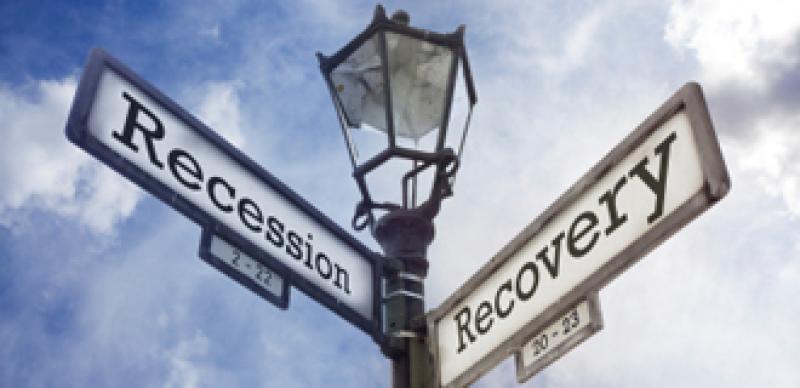
For T. Rowe Price, The Economic Glass Is Half Full
T. Rowe Price puts forth its version of annual, yearend economic guesswork. Overall, the message from the seven T. Rowe Price financial experts seemed to be: Things aren’t great but they could be worse.
Fran Hawthorne
December 9, 2010


